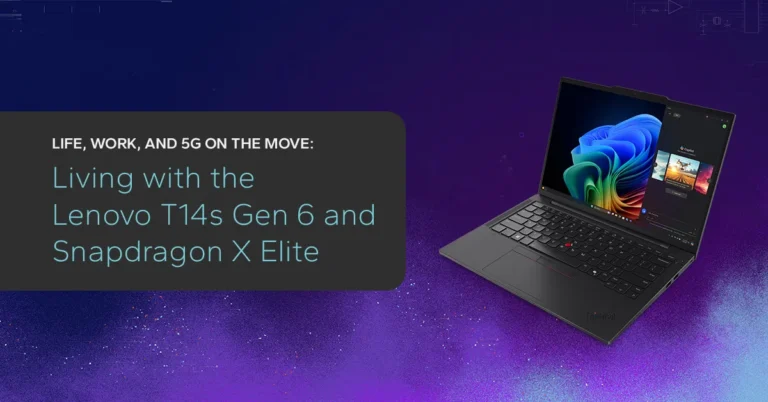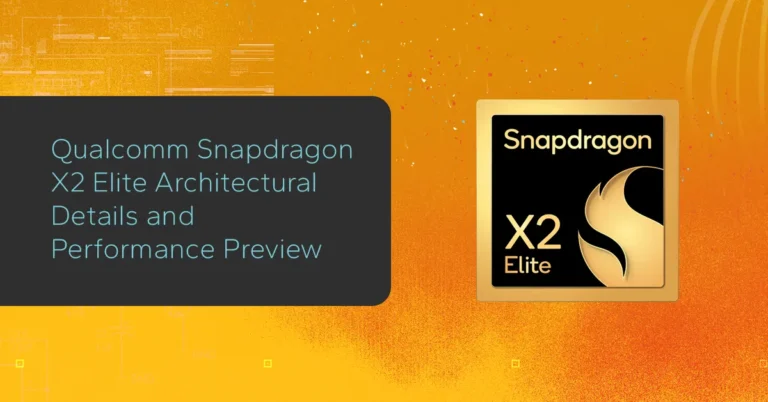Snapdragon X Series Efficiency and Impact on System Sound Levels
-
 Ryan Shrout
Ryan Shrout
Importance of Silicon Efficiency and Sound Levels
In a previous report, we looked at how silicon and system efficiency affected and impacted thermals of a laptop, relative to performance, and how the Snapdragon X Elite operated much more optimally than the latest processors from Intel and AMD. This time, we’re going to be analyzing another important aspect of laptops and computers that’s intricately tied up with efficiency and temperature: sound.
As we said before, efficiency is more than battery life and silicon capability is more than just performance; efficiency is an important aspect of silicon design that translates into important user benefits. Greater power efficiency can mean better performance for no additional power consumption, or the same performance while consuming less, or a mix. Getting more performance is pretty nice, but don’t underestimate the benefits of requiring less power, because power consumption has wide ranging implications for a laptop or any computer in general.
Naturally, power draw matters a ton for battery life, but thermals are another important consideration as all the energy a processor consumes to operate is turned into heat. How much heat a chip creates will have influence on the design of the laptop, because that heat needs to be sucked out of the processor with a cooler. Like we discussed in our thermal testing paper, coolers impact a laptop’s size, weight, and even price.
There’s one thing that most laptops have in order to achieve good performance: one or more fans. Fans technically aren’t necessary, since the heatsink of the cooler can passively dissipate heat into the air, but since laptops are designed to be thin and compact, it’s rare for a heatsink to be large enough to make passive cooling work except in the case of ultra low-power processors.
Fans bring noise into the equation, as the counterpart to heat. A cool laptop may be a noisy laptop, and a hot laptop might be whisper quiet, depending on design specifications like the dimensions of the laptop, how much power the chip inside uses, and how cool it needs to run. A lower-power processor enabled by superior efficiency can make balancing sound and thermals easy, to the point where cool and quiet are both easily attainable goals. That in turn can give a processor lots of breathing room to achieve excellent performance.


